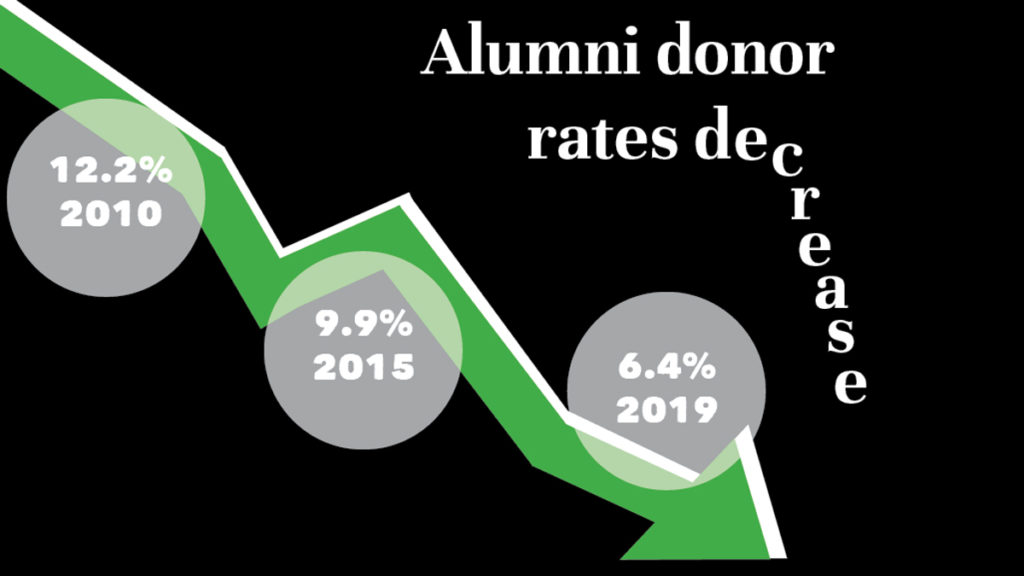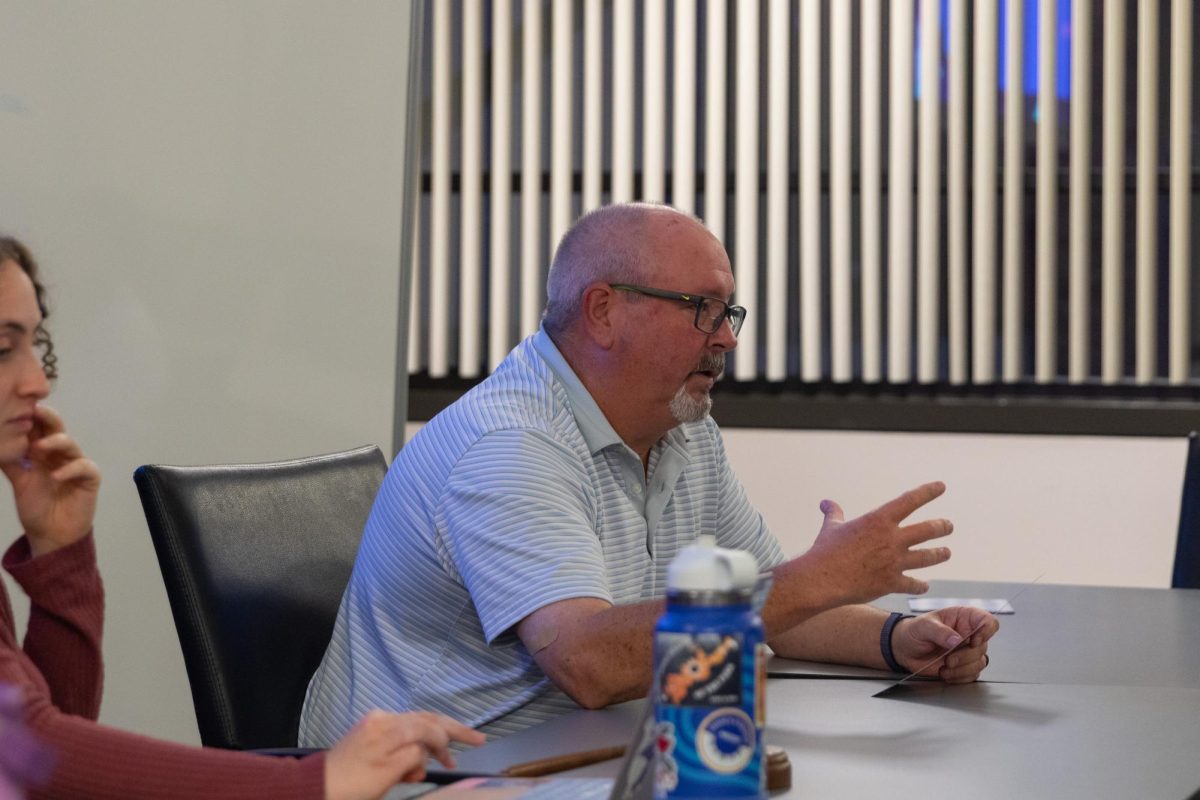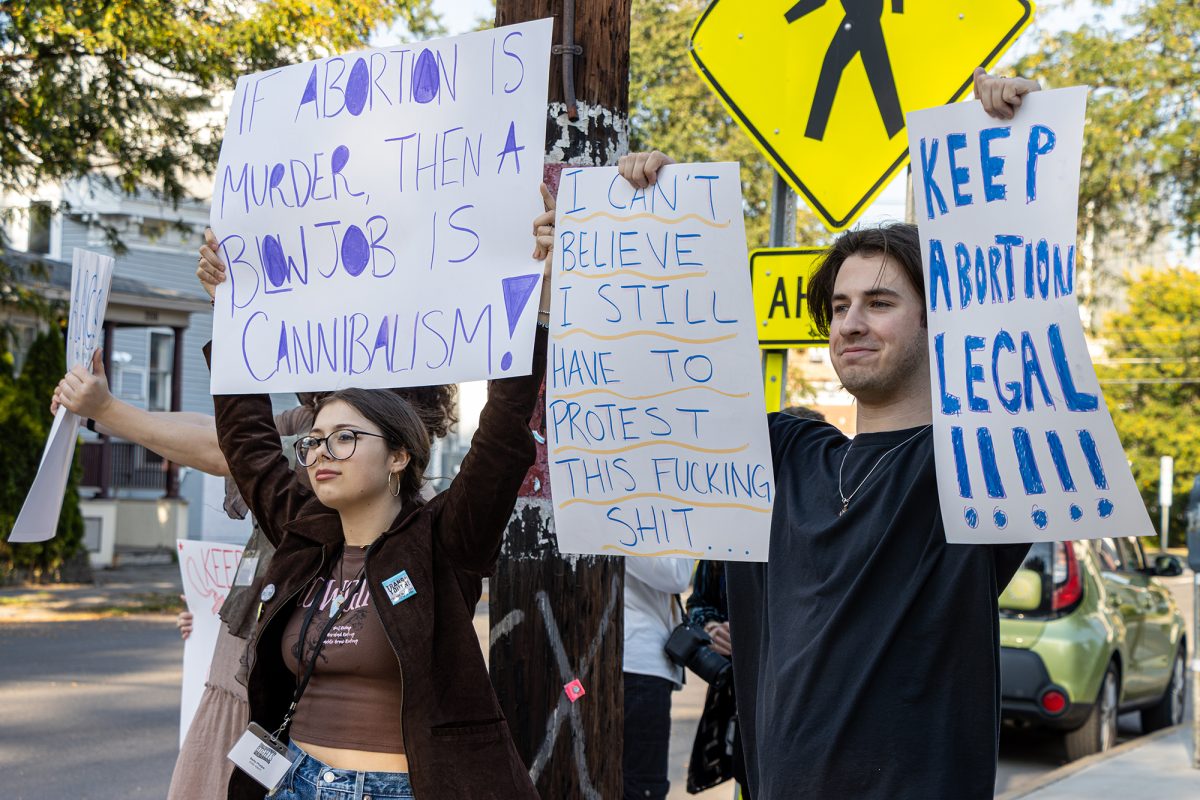Over the last decade, the percentage of alumni donating to Ithaca College’s annual fund, capital projects and endowments has decreased by approximately half.
Dave Maley, director of public relations, said via email that the college’s alumni participation rate — the percentage of alumni who give back to the college — has decreased from 12.2% in the 2010 fiscal year to 6.4% in the 2019 fiscal year. The alumni participation rate was 6.8% in 2018, 7.1% in 2017, 7.4% in 2016, 9.9% in 2015, 8.9% in 2014, 8.8% in 2013, 11% in 2012 and 11.5% in 2011.
The college’s alumni participation rate is lower than the national average, said Wendy Kobler, vice president for institutional advancement. Kobler said the national average alumni participation rate at midsized private schools is approximately 16–17%.
During the Ithaca College Board of Trustees Fall 2019 meeting, David Lissy ’87, chair of the Board of Trustees, said he had concerns about the current alumni participation rate.
The annual fund supports the student learning experience, financial aid for students, building and grounds maintenance and student life, including student organizations, sports and counseling. Anyone, including staff, faculty members, students and family members of students, can donate to the annual fund.
Although the college’s alumni participation has steadily decreased over the years, the yearly amount donated to the annual fund is now double what it was in 2010. In the 2019 fiscal year, the donations to the annual fund totaled $1,610,666, Maley said via email. Donations totaled $1,620,503 in 2018, $1,648,902 in 2017, $1,607,392 in 2016, $1,787,967 in 2015, $1,436,036 in 2014, $1,160,000 in 2013, $760,670 in 2012 and $848,495 in 2011. In 2010, donations to the annual fund totaled $816,562.
Kobler said the total amount donated to the annual fund, endowments and capital projects was $35,964,794.75 in 2019 and $12,287,781.27 in 2018. The Park Foundation and estate contributed approximately $24 million in 2019.
Kobler said that the largest source of donations is alumni but that the current and former Ithaca College Board of Trustees members contribute greatly as well. Other donations come from corporations, foundations and individuals affiliated with the college including faculty, staff, students and families. Those who are not affiliated with the college can donate to the funds but do not make up a large percentage.
Kobler said she is paying attention to the rate. Kobler said the college has approximately 65,000 alumni. She said the annual fund total each year has been increasing despite the decline in alumni participation rate because the college has been asking specific donors to donate more.
Kobler said the college raises money for the annual fund by contacting potential donors through its phone-a-thon and direct mail. The college has approximately 60 students who operate the phone center for the phone-a-thon, Kobler said. The student workers sign a confidentiality agreement that prevents them from answering media inquiries.
“My philosophy is: It’s important that we have a healthy alumni giving percentage number,” Kobler said. “I think it really is an opportunity for us to help us engage with alumni, for alumni to feel like their degree and the value of their degree was substantial and meaningful in their life.”
Wellesley College had the highest alumni giving percentage rate on a list of colleges compiled by Forbes with a three-year average rate of 48%. Rensselaer Polytechnic Institute had the lowest rate on the list at a three-year average rate of 7%. Cornell University had a three-year average rate of 18%. Dartmouth College had a three-year average rate of 41%. Stanford University had a three-year average rate of 24%.
To encourage more participation from alumni, Kobler organized the first Cortaca Jug Giving Challenge leading up to the 61st Cortaca Jug game at MetLife Stadium on Nov. 16. The game broke the attendance record for a Division III football game with 45,161 people, including many of the college’s alumni. Alumni and other attendees of the game were encouraged to donate to their respective colleges. Ithaca College won the challenge with 938 participants compared to SUNY Cortland’s 905 participants. The amount raised has not been totaled yet.
Kobler said the participation of alumni and money raised from during the challenge would count toward the next fiscal year’s alumni participation rate and annual fund numbers. In Spring 2020, she said, she hopes to have a day of giving challenge that will motivate people to donate more. It will be similar to the National Day of Giving or Giving Tuesday. She said she would also like to increase the annual fund through a minicampaign aimed toward faculty and staff.
Amber Stephenson, associate professor in the Healthcare Management MBA Program at Clarkson University, studied the impact of social identity on an alumni’s willingness to donate to their college after graduation in her paper, “Motivation for alumni donations: a social identity perspective on the role of branding in higher education.”
Stephenson said when colleges increased students’ abilities to identify with their school, the donations at their respective schools increased by approximately 5%. She said schools that struggle with tapping into alumni’s particular identities may have trouble getting donations.
“Identification happens at various places within a person’s experience, so colleges that may not have the ability to really tailor their messaging may not be hitting the mark for some of their alumni,” Stephenson said.
In the climate of higher education today, Stephenson said, over the past decade, it has become more common for colleges to want to brand themselves. However, when a college rebrands itself, she said, it risks isolating the alumni.
“One of the major reasons why people choose not to donate was because they did not feel connected to the new brand of the university,” Stephenson said. “They did not feel connected to what the university had become.”
Ithaca College has recently focused on branding itself with its strategic plan, Ithaca Forever, which launched this fall. The college has also seen administrative changes, including a new president, in the last four years. The administrative changes followed a year of campuswide protests and a vote of no confidence for former President Tom Rochon.
Vanessa Drew-Branch, associate professor in the Department of Human Service Studies at Elon University, also touched on the importance of establishing identity in students in her study, “Student Engagement, Alumni Satisfaction, and Alumni Donations at a Public Four Year Institution: An Analysis of How the Undergraduate Experience Influences Alumni Donations.”
Drew-Branch said universities should aim to start developing a student’s identity with their college long before the student becomes an alum — when a student first visits the college and during their freshman orientation. In her study, she said she found that the colleges that were most successful in alumni participation rates were the colleges that could instill the sense of paying it forward and giving back to the institution during orientation.
Kobler said the college needs to do a better job of communicating that donated money will not solely benefit the institution but that it will impact the students.
“People give because they believe in the mission of the organization,” Kobler said. “People also give because they want to transform lives, and they want to make an impact.”








